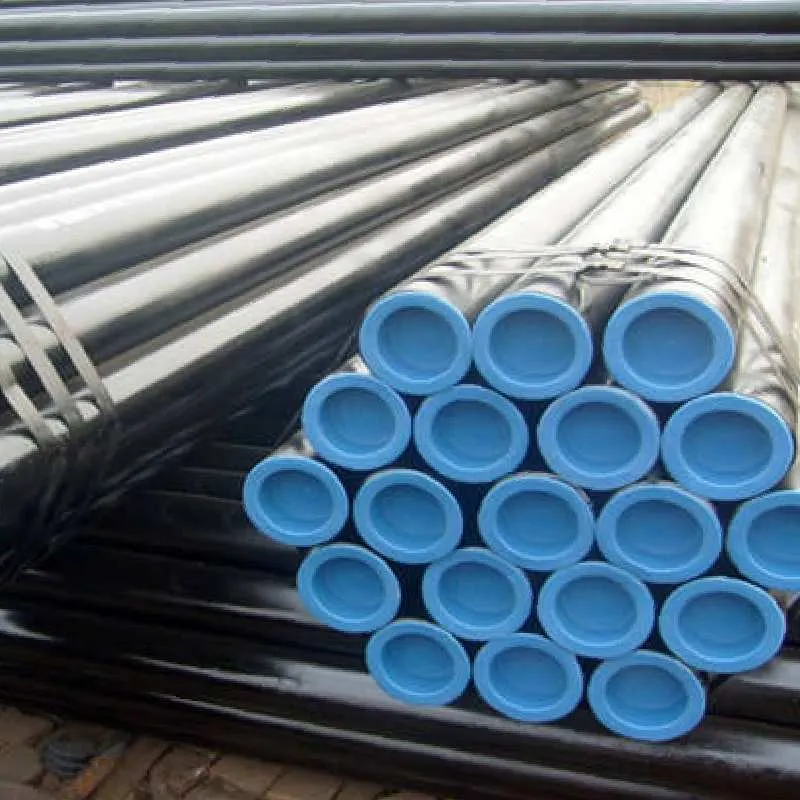-
Cangzhou Yulong Steel Co., Ltd.
-
Phone:
+86 13303177267 -
Email:
admin@ylsteelfittings.com
- English
- Arabic
- Italian
- Spanish
- Portuguese
- German
- kazakh
- Persian
- Greek
- French
- Russian
- Polish
- Thai
- Indonesian
- Vietnamese
- Zulu
- Korean
- Uzbek
- Hindi
- Serbian
- Malay
- Ukrainian
- Gujarati
- Haitian Creole
- hausa
- hawaiian
- Hebrew
- Miao
- Hungarian
- Icelandic
- igbo
- irish
- Japanese
- Javanese
- Kannada
- Khmer
- Rwandese
- Afrikaans
- Albanian
- Amharic
- Armenian
- Azerbaijani
- Basque
- Belarusian
- Bengali
- Bosnian
- Bulgarian
- Catalan
- Cebuano
- China
- China (Taiwan)
- Corsican
- Croatian
- Czech
- Danish
- Esperanto
- Estonian
- Finnish
- Frisian
- Galician
- Georgian
- Kurdish
- Kyrgyz
- Lao
- Latin
- Latvian
- Lithuanian
- Luxembourgish
- Macedonian
- Malgashi
- Malayalam
- Maltese
- Maori
- Marathi
- Mongolian
- Myanmar
- Nepali
- Norwegian
- Norwegian
- Occitan
- Pashto
- Dutch
- Punjabi
- Romanian
- Samoan
- Scottish Gaelic
- Sesotho
- Shona
- Sindhi
- Sinhala
- Slovak
- Slovenian
- Somali
- Sundanese
- Swahili
- Swedish
- Tagalog
- Tajik
- Tamil
- Tatar
- Telugu
- Turkish
- Turkmen
- Urdu
- Uighur
- Welsh
- Bantu
- Yiddish
- Yoruba

Nov . 16, 2024 02:41 Back to list
class flange
Understanding Class Flange Importance and Applications
Flanges are essential components in various piping systems, designed to connect pipes, valves, pumps, and other equipment to form a complete assembly. Among the different types of flanges, class flanges play a significant role in determining the pressure and temperature ratings of piping systems. This article will delve into what class flanges are, their classification, and the importance of selecting the appropriate class for different applications.
What is a Class Flange?
A class flange is categorized based on its pressure-temperature rating, and it is commonly referred to in terms of “class” followed by a number, such as Class 150, Class 300, Class 600, and so on. These designations indicate the flange’s ability to withstand different levels of pressure and temperature. The American Society of Mechanical Engineers (ASME) has established standards that outline these specifications, ensuring consistency and safety across industries.
The classification of flanges is critical because it directly affects the integrity and performance of piping systems. A class flange’s rating is determined by various factors, including material composition, design, and manufacturing processes. Common materials used for flanges include carbon steel, stainless steel, and alloy steel, each with specific characteristics suitable for different environments.
Classification of Flanges
The most widely recognized classifications for flanges are based on pressure ratings, including
1. Class 150 This class is suitable for lower pressure applications. Typically made of carbon steel, these flanges can handle pressures up to 285 PSI at a temperature of 100°F.
2. Class 300 A step up from Class 150, these flanges can handle pressures up to 740 PSI at 100°F, making them suitable for medium pressure systems. They are commonly used in heating and cooling systems.
3. Class 600 Designed for higher pressure applications, Class 600 flanges are built to sustain pressures up to 1,480 PSI at 100°F. Such flanges are typically used in the oil and gas industry, where high pressure is a norm.
class flange

4. Class 900, 1500, and 2500 These classes are generally reserved for very high pressure applications. With pressure ratings significantly higher than Class 600, their use is often found in specialized industries, including chemical processing and power generation.
Importance of Selecting the Right Class Flange
Choosing the correct class flange is vital for several reasons
1. Safety The primary purpose of flanges is to create a secure connection between components. Using a flange that cannot withstand the required pressure could result in catastrophic failures, leading to leaks, spills, or even explosions in extreme cases.
2. Performance The right class flange ensures that the piping system operates efficiently. Flanges that are either over-spec or under-spec can lead to issues like vibration, misalignment, or material fatigue.
3. Cost-Effectiveness While it might be tempting to use higher class flanges for peace of mind, doing so can lead to unnecessary expenses. Selecting the appropriate class helps to manage costs while maintaining performance.
4. Compliance and Standards Many industries are subject to regulations that require specific standards for piping and components. Using the correct class flange helps ensure compliance with industry standards, avoiding potential legal issues.
Conclusion
Class flanges are a crucial element in piping systems, providing connections that can handle various pressures and temperatures. Their classification not only dictates the performance and safety of a piping system but also affects compliance with industry standards. Therefore, it is vital for engineers and designers to carefully consider the appropriate class flange for their applications, ensuring both safety and efficiency in operation. As industries evolve and new materials and technologies emerge, understanding the nuances of class flanges will remain a key aspect of successful engineering practices.
Latest news
-
ANSI 150P SS304 SO FLANGE
NewsFeb.14,2025
-
ASTM A333GR6 STEEL PIPE
NewsJan.20,2025
-
ANSI B16.5 WELDING NECK FLANGE
NewsJan.15,2026
-
ANSI B16.5 SLIP-ON FLANGE
NewsApr.19,2024
-
SABS 1123 FLANGE
NewsJan.15,2025
-
DIN86044 PLATE FLANGE
NewsApr.19,2024
-
DIN2527 BLIND FLANGE
NewsApr.12,2024
-
JIS B2311 Butt-Welding Fittings LR/SR 45°/90° /180°Seamless/Weld
NewsApr.23,2024











